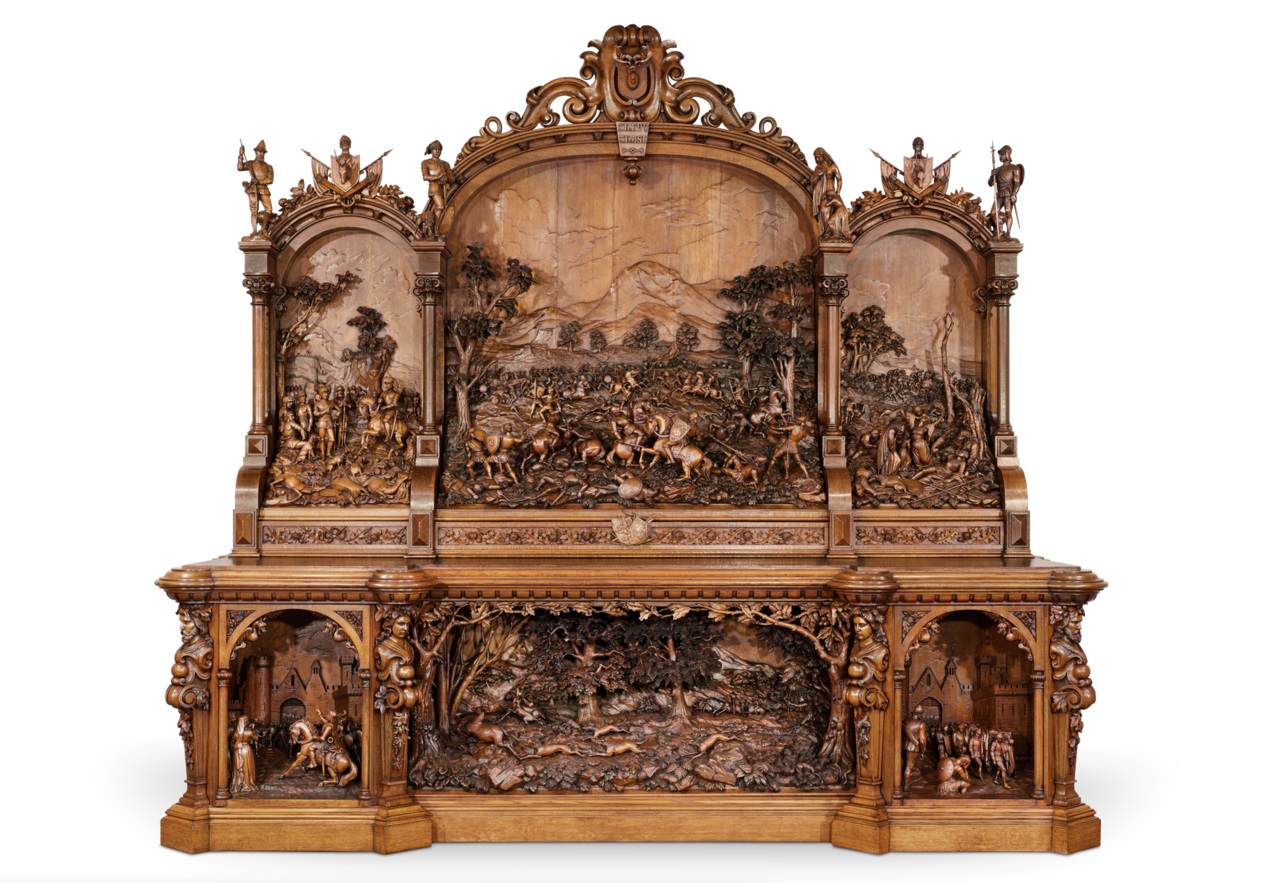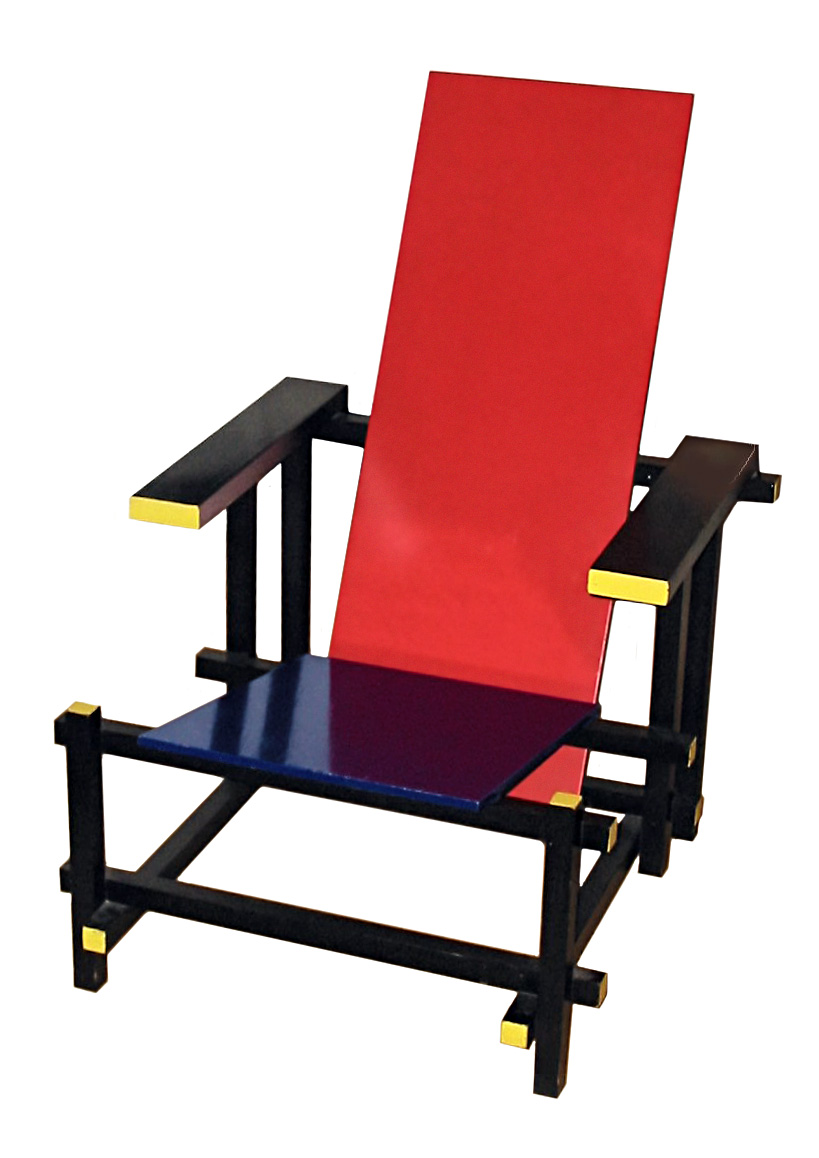September 11 - 17, 2022: Issue 554
Be The Boss: I Want To Be A Cabinet Maker
If you have always loved making great pieces of furniture for use than doing this for a living may be worth looking into. Beautiful cabinets, a guitar stand, a wonderful table are all not only useful and functional they can also extend into the artisan realm to become pieces of art.
Today this is called becoming a Cabinet Maker.
Cabinet Makers are specialised woodworkers who make cabinetry and furniture, often creating the internal infrastructure that makes a house a home.
To become a cabinetmaker you usually have to complete an apprenticeship. Entry requirements may vary, but employers generally require Year 10.
Ranging from full kitchens to bespoke pieces of fine furniture, Cabinet Makers take orders from customers and fulfil them with a creative approach and an eye for detail. Similar but slightly different to Carpenters, Cabinet Makers take their woodwork one step further to look at the finer details of a piece of furniture.
Cabinet Makers are craftspeople who need good hand-eye coordination, clear communication skills and spend a lot of their day standing up.
Duties and Tasks of a Cabinetmaker:
- Communicate with clients to determine specific job requirements
- Match furnishing styles and materials to clients' needs
- Deliver and monitor service to clients
- Estimate job costs
- Measure and draw site layouts for manufactured furniture
- Read and interpret work documents in order to prepare accurate cutting lists for jobs
- Program and control computer-aided design (CAD) and computer numerical control (CNC) machines
- Understand and select timber and timber products for furniture production
- Fabricate custom furniture
- Prepare and assemble cabinets for installation
- Select and install hardware to furnishings, such as handles and hinges
- Perform on-site repairs and adjustments of cabinets
- Clean and maintain work areas, including machinery and tools, to ensure a safe working environment.
Tasks:
- Making frames for chairs and couches.
- Fitting hinges, locks, catches, drawers and shelves.
- May repair and refurbish furniture and antiques.
- Selecting and working with materials such as timber, veneers, particle board and synthetic wood.
- Marking out, cutting and shaping wood.
- Assembling parts to form sections of furniture and completed articles.
- Working from drawings and specifications to make furniture.
- Making fittings for boats, caravans and other items where fine detail is required.
- Examining drawings, work orders and sample parts to determine specifications.
Employment Opportunities for a Cabinetmaker
Most cabinetmakers are employed by firms that manufacture kitchens, bathrooms, furniture and prefabricated wooden components. These firms are often small businesses that make custom-made items or undertake repairs and restoration, or larger companies that manufacture and install fixed or free-standing furniture for commercial and residential projects. Depending on personal qualities and knowledge of the trade, opportunities are available for promotion to the position of supervisor or manager. With experience, start-up funds and business training, competent cabinetmakers may also establish their own business.
Specialisations
Cabinetmakers make, repair or install furniture (both free-standing and fixed) using solid timber, flat-panel or timber-based products and a wide range of laminates and other materials.

The Chevy Chase Sideboard by Gerrard Robinson. Often considered to be one of the finest furniture pieces of the 19th century and an icon of Victorian furniture. Photo: Catcut.

Red and Blue Chair (1917), designed by Gerrit Rietveld
Information courtesy Australian Government Apprenticeships Guide (Your Career), TAFE NSW, Australian Open Colleges, Australian Careers HQ and The Good Universities Guide, Australia.
Also Available:
- Be The Boss: I Want To Be An Automotive Mechanic
- Be The Boss: I Want To Be A Biotechnologist
- Be The Boss: I Want To Be A Pilot
- Be The Boss: I Want To Be A Music Producer
- Be The Boss: I Want To Be A Gardener
- Be The Boss: I Want To Be A Builder
- Be The Boss: I Want To Be A Confectioner
- Be The Boss: I Want To Be A Ship's Captain